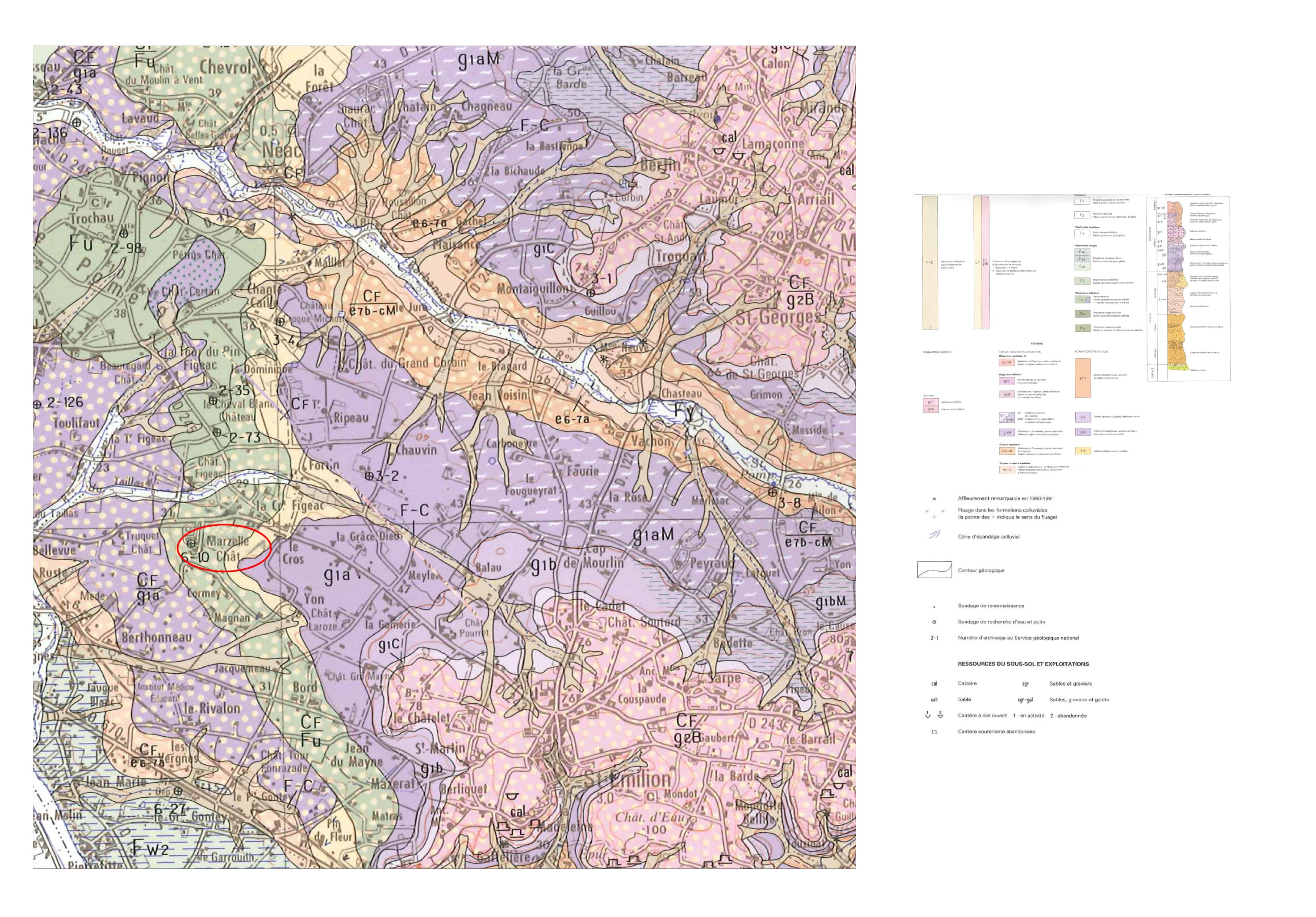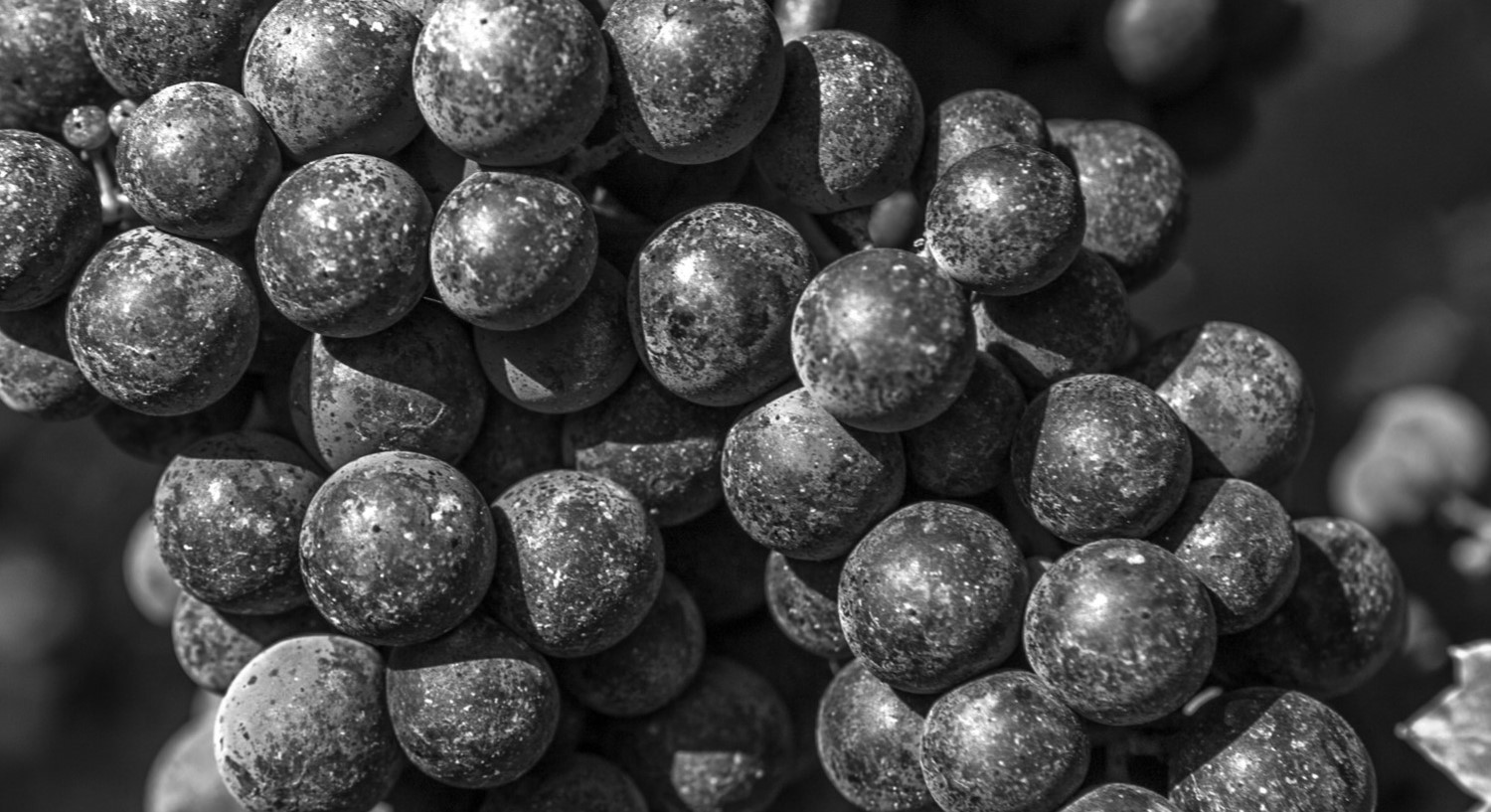The land and its fruit
Cultivating vines like a garden
It's the absolute achievement of a lifetime's work. In addition, the 17 hectares of Château La Marzelle are situated in one of the best possible locations, on the exceptionally fertile plateau between Saint-Emilion and Libourne, better known as the Haute Terrasse of Saint‑Emilion.
An exceptional natural captial
The seventeen hectares of Château La Marzelle are located on a very unique, and particular terroir: the Haute Terrasse de Saint-Émilion, a geological formation dating back two and a half million years to the Lower Pleistocene.
Formed on the former bed of the Isle, a river rising in the Massif Central, which accumulated sand, gravel and ruby pebbles. It's hardly surprising, then, that this narrow strip of land, particularly well-suited to vine-growing, carries four of Saint-Émilion's greatest châteaux from north to south: Pétrus, Cheval Blanc, Figeac and La Marzelle.
Since acquiring the estate in 1998, the Sioen family have gradually converted the vineyard to organic farming principles, following the philosophy that "only healthy grapes can be the basis of a great wine".
This constant concern to preserve and restore the ecosystem was formalised in 2020 with the organic certification. The vines here are cultivated like a garden, and have been biodynamic since 2015.
Water and photosynthesis are the basis of the vine's life. A detailed study of water variations in the soil has led to the installation of a drainage system to better control water resources.
In addition, the renewal of the trellising in the plots has increased the surface area of foliage and improved photosynthesis. The vines at La Marzelle now have an ideal leaf area coefficient of 0.75.
There are 3 types of soil on the property:
Sand on heavy clay, sandy soil up to 70 cm, on a very deep subsoil of heavy clay (over 35% clay) also known as plano soil, sedimorphic.
Soil and subsoil of gravel, deposited in the Tertiary era by the bed of the river Isle. Also known as brown gravelly soil (brown due to the presence of iron).
The third is superficial sand, a sandy soil on a sandy-clay subsoil. Also known as brown sandy soil, with pseudo-gley (brown due to the presence of iron).

Grape varieties in constant evolution
Grouped in a single block around the estate's buildings, the vineyards of Château La Marzelle are planted with 75% Merlot, 17% Cabernet Franc and 8% Cabernet Sauvignon.
Merlot, the king of grape varieties on the right bank of the Dordogne, is perfectly suited to the Libourne region, where it occupies the majority of the vineyards. It gives Saint-Émilion wines the roundness, silkiness and velvety texture so much appreciated by wine-lovers.
The highly aromatic Cabernet Franc adds structure and fruitiness to the blend.
The more tannic Cabernet Sauvignon gives the wine a solid backbone and longevity.
A vineyard renewal plan has been undertaken to improve the existing plant material. This has enabled us to increase the planting density. We have gone from 5600 vines/ha to 7150 vines/ha.
This allows each vine plant to produce fewer grapes of better quality for the same yield per hectare. We are also taking advantage of the fact that we are pulling up plots of vines to install drains in the plots so as to control water in the soil during the ripening period.
- In 2003, the first plot of Merlot was grubbed up and replanted in 2005 with Cabernet Sauvignon.
- In 2009, a second parcel of Merlot was grubbed up and replanted with Merlot in 2011.
- In 2013, a third plot of Merlot was uprooted and replanted in 2015 with Cabernet Franc.
- In 2016, a fourth plot of Merlot was grubbed up and replanted in 2018 with Merlot.
- In 2021, a fifth and sixth plot of Merlot were grubbed up and replanted with Merlot and Cabernet Sauvignon in 2022.

